Apple iPhone 16 Pro First Impressions: Here's Why You Should Upgrade
Unlike last year's iPhone 15 Pro line, Apple has opted to equip both iPhone 16 Pro and iPhone 16 Pro Max with the same camera setup.

When it comes to the iPhone 16 Pro models, Apple has made some interesting choices this year. Unlike last year's iPhone 15 Pro line, Apple has opted to equip both iPhone 16 Pro and iPhone 16 Pro Max with the same camera setup, making screen size the primary distinguishing factor between them. The iPhone 16 Pro Max variant boasts a larger 6.9-inch screen and the 16 Pro model sports a 6.3-inch display. I spent a few hours with the latter and was intrigued by the new feature, which can now dim the displays to a low 1 nit of brightness. Meanwhile, the display specifications appear largely unchanged from the previous generation, with the peak brightness remaining at 2,000 nits. The iPhone 16 Pro starts at Rs 1,19,900 for 128GB, Rs 1,29,900 for 256GB, Rs 1,49,900 for 512GB and Rs 1,69,900 for 1TB storage model.
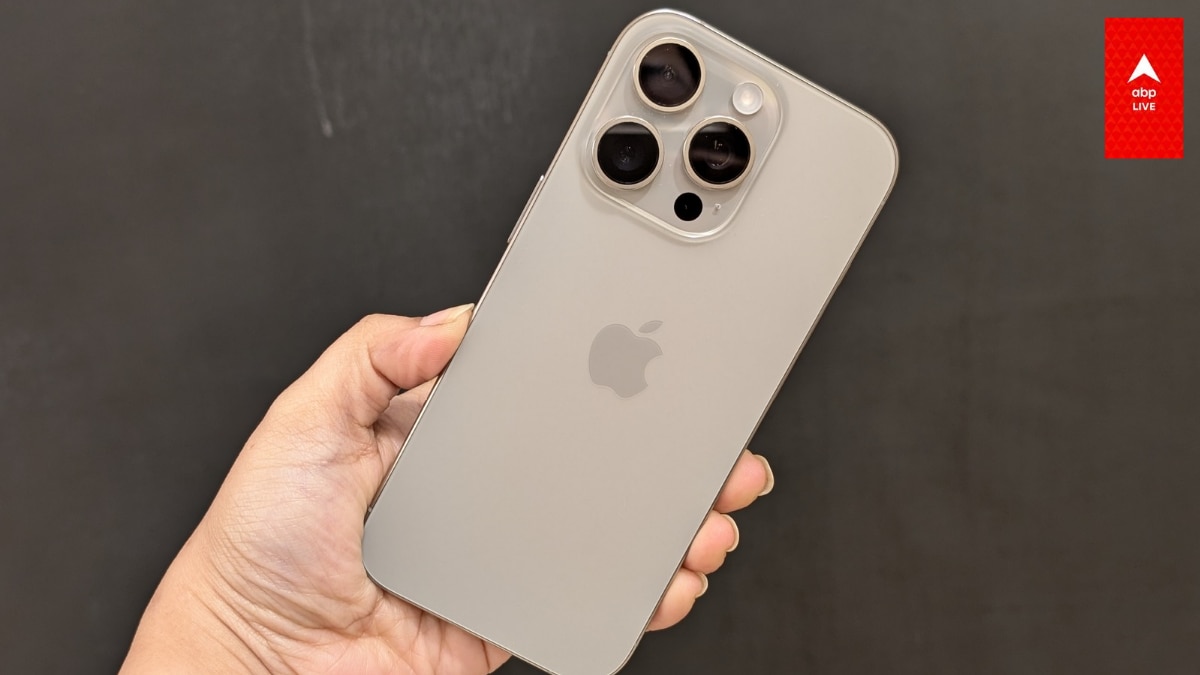
Apple iPhone 16 Pro First Impressions: Improved Battery, Charging
A standout feature for me was the significant improvement in battery life. The new iPhone 16 Pro model seems to offer around four additional hours of video playback compared to its predecessor, which is quite impressive. Notably, when it comes to charging, the wired USB-C speeds appear to be on par with last year's iPhone 15 Pro models. The most notable advancement in this area is with wireless charging -- the MagSafe system now seems to offer speeds much closer to what one would get with a wired connection.
Apple iPhone 16 Pro First Impressions: Camera Enhancements
As mentioned above, the new Pro models come with significant camera upgrades across the board. The standout feature is the new main camera, which maintains the 48-megapixel resolution and f/1.78 aperture of its predecessor but doubles down on readout speeds. This new enhancement enables 4K video recording at an impressive 120 frames per second.
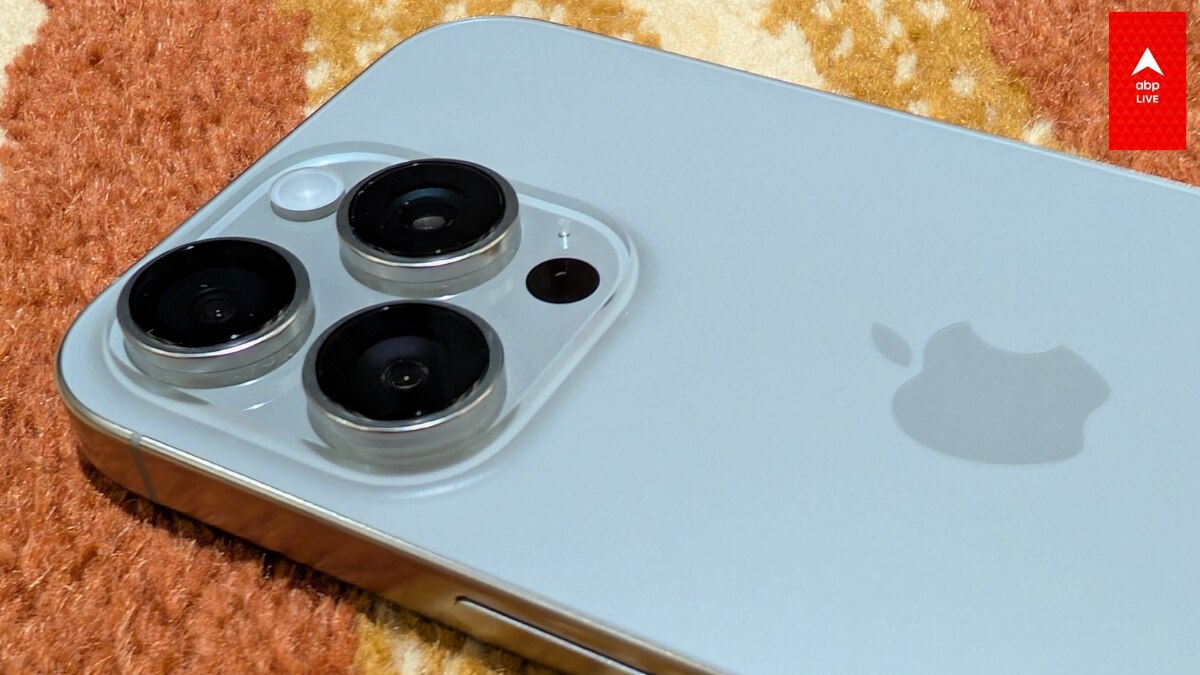
It is pertinent to note that the ultra-wide camera sees a substantial upgrade to a 48-megapixel sensor with autofocus capabilities. This improvement promises enhanced macro photography with noticeably more detail, while retaining the f/2.2 aperture of the previous iteration.
Both the Pro and Pro Max variants now feature the 5X telephoto f/2.8 lens, previously exclusive to the larger iPhone 15 Pro Max. While this addition is welcome, some users may miss the versatility of the 3x camera found on previous Pro models.
Apple iPhone 16 Pro First Impressions: Camera Control Button
A notable addition and much-talked-about hardware change is the new Camera Control button, and this tactile control provides haptic feedback and a satisfying click when fully pressed. This button's functionality extends beyond simply launching the camera app. A double-press reveals a suite of manual controls and one can then slide their finger across the button to cycle through and adjust various settings. I am yet to figure out the practicality and speed of this feature in real-world use.
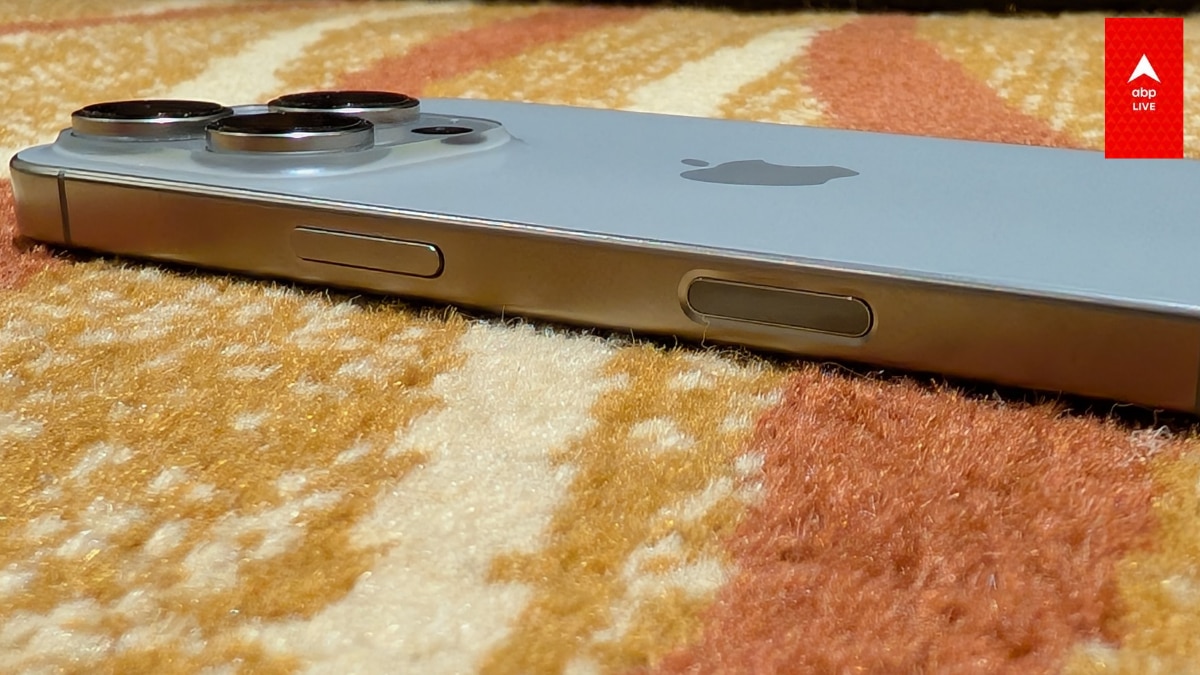
Apple iPhone 16 Pro First Impressions: Creative Filters
The new iPhone 16 Pro also introduces a range of new creative filters, including new subtle "undertones" designed to shift colours while preserving natural skin tones, as well as more dramatic options like vibrant, black and white, ethereal, and luminous effects. All the filters offer full customisation, including opacity adjustment, and can be modified or reverted even after initial application.
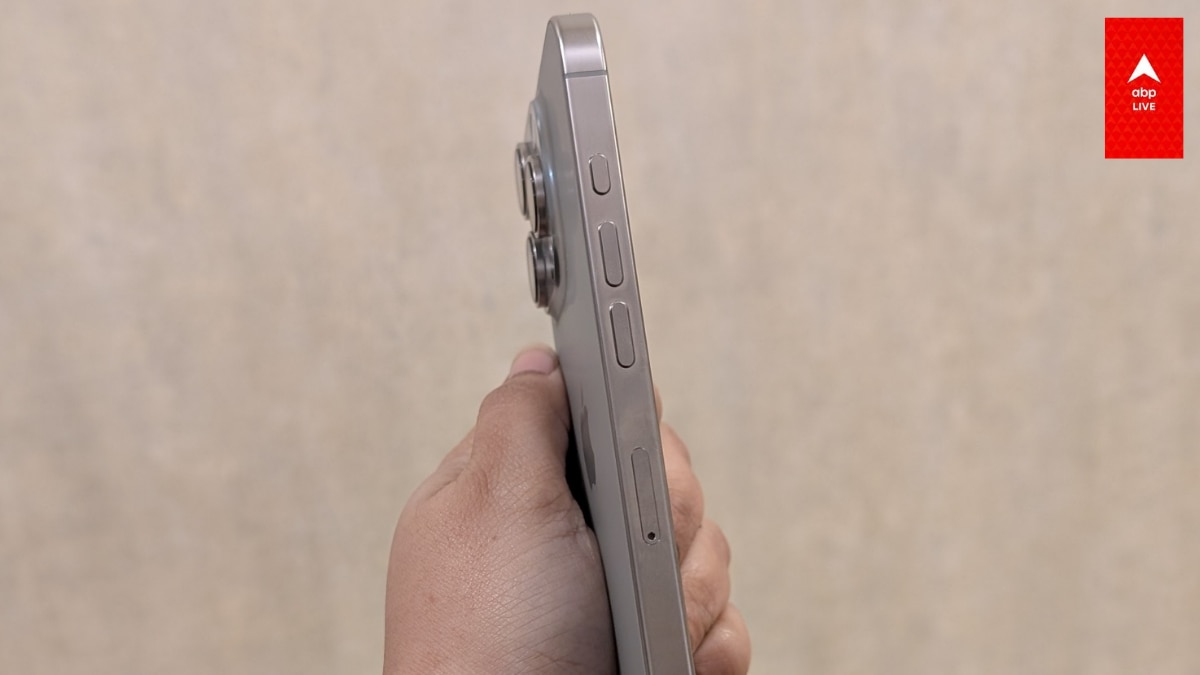
Other upgrades in the iPhone 16 Pro include an updated processor, refined camera setup, and modestly increased battery capacities. One welcome change is the introduction of larger displays across the lineup. Apple has also announced plans for AI-powered features, what it calls Apple Intelligence, slated for release in the near future. The new A18 Pro chipset features an enhanced 16-core NPU, designed to manage up to 35 trillion operations per second (TOPS). This improvement should enhance its ability to support Apple’s AI-driven features. Apple has planned a broader global rollout planned for next year.
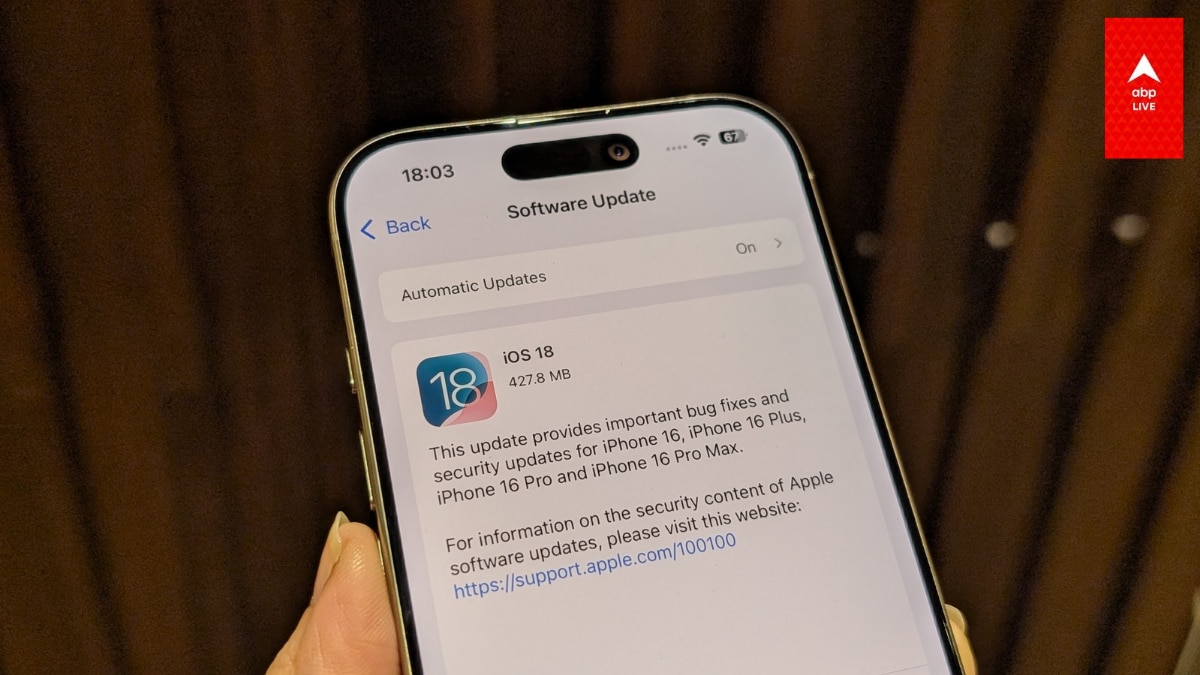
Top Headlines






































